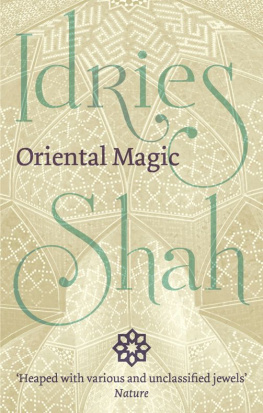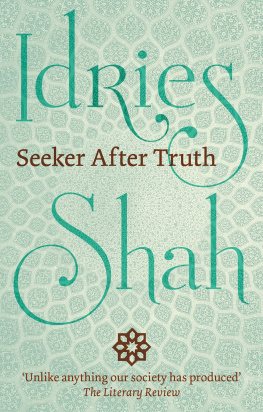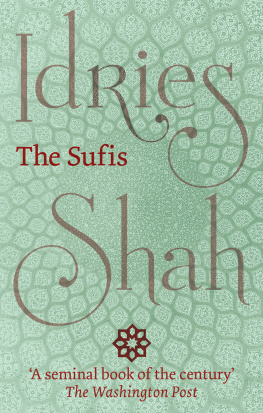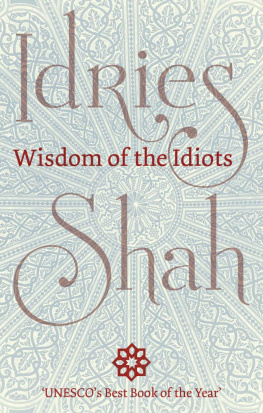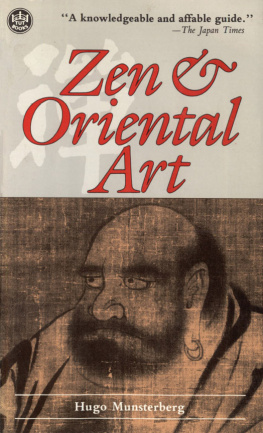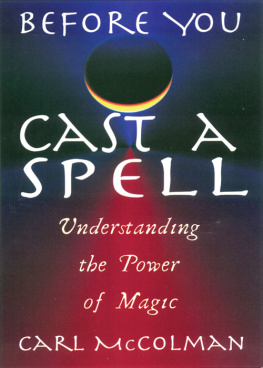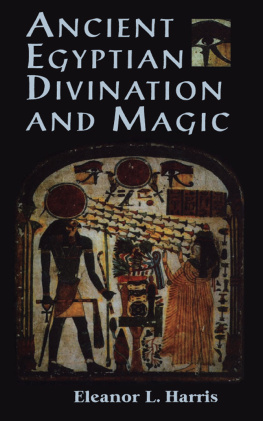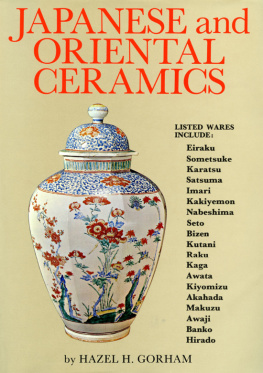Bibliography
THE WRITTEN SOURCES OF ORIENTAL MAGIC AND COMMENTARIES
Grimoire References
Chaldea
The following Black Books of the sorcerers have traces of Chaldean magical rituals or processes attributed to Chaldean origin:
Sefer Raziel (The Book of Raziel). B.M. Slo. 3826.
The Grimoire of (attributed to) Pope Honorius II. Paris: 1760 and 1800.
Solomon
Grimoires and commentaries containing so-called Solomonic Magic are the following:
The Key (Clavicle) of Solomon (tr. Mathers, London, 1888)
Ars Notoria, by Robert Turner (MS., B.M. Slo. 3648)
De Novem Candariis Salomonis True Black Magic
Lemegeton (The Lesser Key), B.M. MS. Slo. 2731 (1676)
The Grimoire of Honorius (Rome, 1760)
Kitab-el-Uhud (Arabic MSS.)
Speculum Salomonis
Semphoras
Septem Sigilla Planetarum
Anelli Negromantici del Salomone
Verum Chaldaicum Vinculum
Beschwerungen der Olympischen Geister
Salomonie Trismosini
De Tribus Figuris Spirituum
Liber Pentaculorum
Officiis Spirituum
Hygnomantia ad Filium Roboam
Many of these works are mainly composed of extracts from The Key : some are almost certainly forgeries. In any case, there is frequent confusion as to whether the Solomon referred to is the king or one of the several rabbinical writers of that name.
These books, however, in many versions, and those grimoires which follow, have all at one time or another been used as the authoritative books of the sorcerers. The mere possession of MSS. such as these meant death at the time of the Spanish and other Inquisitions.
EGYPT
As in the case of Chaldean magic, Egyptian rituals seem greatly to have influenced magic throughout the West and the Middle East. At the same time there are very few works extant which even claim direct Egyptian inspiration in their entirety. Works by the Egyptologists Wallis Budge and Flinders Petrie contain the references for magico-religious papyri and inscriptions.
The following three formerly well-known and much-used grimoires either contain Egyptian traces, or themselves claim Egyptian originals:
The Sage of the Pyramids
The (Sworn) Book of Honorius
The Arbatel of Magic
HEBREW
European and Arabic sources abound with books containing real or attributed Hebrew inspiration. In some of these as in several of the foregoing grimoires Chaldean, Salomonic and other magicians are cited as authorities. For this reason there must of necessity be some duplication in any bibliography.
It is generally agreed that the grimoires most used in Europe have contents which mark them as of very probably Jewish authorship or derivation. Those with Gnostic, Egyptian, Chaldean and Arabian inspiration very possibly filtered through Arab Spain to the more western parts of Europe; where they were generally first known in their Latin form.
The following list completes the major works of black and white magic known collectively as the Books of the Sorcerers. One or more of these volumes formed an essential part of all witches and wizards repertoires. They are almost all clandestine works. Those copies which are known are mostly to be found represented in such libraries as the British Museum, the Bibliothque Nationale, and the Bibliothque de lArsenal in Paris.
The few reprints and French editions are extraordinarily hard to come by, and command high prices.
The Arbatel of Magic
The Enchiridion of Pope Leo III
The Pauline Art
The Almadel
The Book of Sacred Magic of Abramelin the Mage (tr.
Mathers, London, 1898)
The Grimorium Verum (tr. Plaingire, Paris, 1517)
The Grand Grimoire (The Red Dragon), Paris, 1822
The Heptameron of Peter de Abano
The Fourth Book of Occult Philosophy (attributed to Cornelius Agrippa), London, 1783
Bibliographical material concerning other occult works and commentaries, with particular reference to the oriental traditions and rites, is given in the body of the text of this book, or in the form of footnotes. In addition to this, a select list of useful works has been appended to this section of the volume.
Relatively little exists in European languages, covering Asian magic and its theory. Anthropological works, almost without exception, do not concern themselves with collating magical practices with the literature of the subject. Of those which are extant, hardly one such work is available to the general public. Much useful work has been done, but it is nearly all buried in periodical literature and the proceedings of learned societies. Some ultra-scholarly works are far too heavy going for most people, and attempt to cover too much ground. Facts are often collected and piled upon one another until almost anything could be proved.
SUFISM
The following are the most important works on Sufism, and are available in their complete form only in Arabic or Persian. This list covers the major classical works by the Sufi saints:
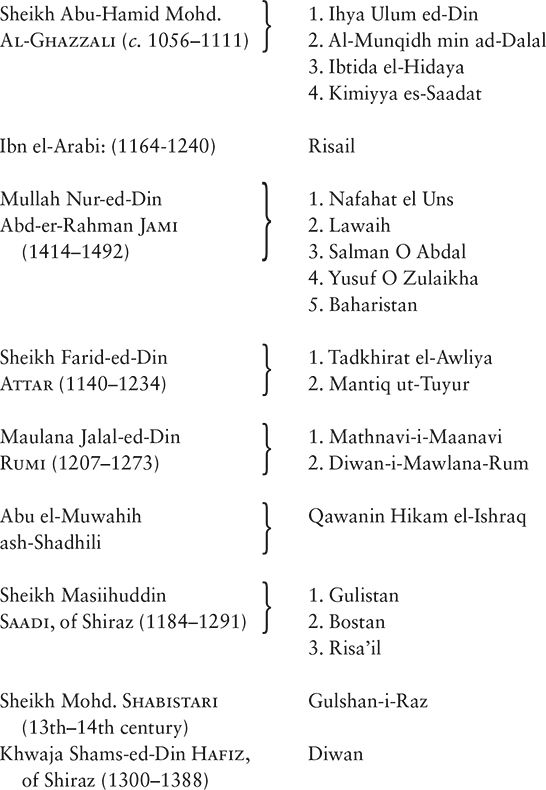
The following books published in European languages contain valuable material about Sufism and the Fakirs:
Shah, Sirdar I. Ali. Islamic Sufism (London, 1938)
Asn Palacios, M. Mistico
murciano Abenarabi (Madrid, 1925)
Smith, M. Early Mysticism in the Near and Middle East (London, 1931)
Massignon, L. Technique de la Mystique Musulmane (Paris, 1928)
JEWISH MAGIC
Gaster, M. (tr.) Sword of Moses (London, 1896)
Weiner, W. Sippurim eine Sammlung jdischer Volkssagen, Mythen, Legenden (USF, Prague, 1848)
Van Dale. De Origine ac Progressu Idolitatraae (Amstel, 1696)
Davies, T. W. Magic and Divination among the Hebrews (London, 1898)
ASSYRIA AND BABYLONIA
Thompson, R. C. Devils and Evil Spirits of Babylonia (London, 1903)
Thompson, R. C. Reports of the Magicians and Astrologers of Nineveh and Babylon (London, 1900)
King, L. W. Babylonian Magic and Sorcery (London, 1896)
Fossey, C. La Magie Assyrienne (Paris, 1902)
Laurent, A. La Magie et la Divination chez les Chaldo-Assyriens (Paris, 1894)
Lenormant, F. Science Occulte: Magie Chez les Chaldens (Paris, 1874)
INDIA
Henry, V. La Magie dans lInde Antique (Paris, 1904)
Hatch, W. J. Land Pirates of India (London, 1928)
Marques-Rivire, J. LInde Secrete et sa Magie (Paris, 1937)
Carrington, H. Hindu Magic (London, 1909)
Barbe, P. Indian Death-Spell, in Journ. Asiatic Soc. Bengal, XV, 1848, 351 ff.
Shah, S. Occultism (London, 1952)
Raghunathji, K. (tr.) Manirama, the Book of Fate (Bombay, 1886)
Jacolliot, L. Occ. Sci. in India (1884)
Nana-Praksam Pillai. Personal Magnetism and Occultism (Madras, 1911)
Bosc, E. Addha-Nari, ou lOccultisme dans lInde (Paris, 1893)
CHINA
Shen Chung-tao. Symbols of the Yi-King (Shanghai, 1934)
Cibot, P. Magie des Chinois, in Mmoires Concernant les Chinois (Weimar, 1802)
De Groot, J. J. M. Religious System of China (Leyden, 1892)
Legge, J. The Yi-King (Vol. XVI of Sacred Books of the East, ed. Prof. Max Muller) (Oxford, 1882)
de Harlez, C. Les Croyances religieuses des premiers Chinois (Brussels (Acad. des Sciences), 1887)
Bouinais, A., and Paulus, A. Le Culte des Morts dans le Cleste Empire

